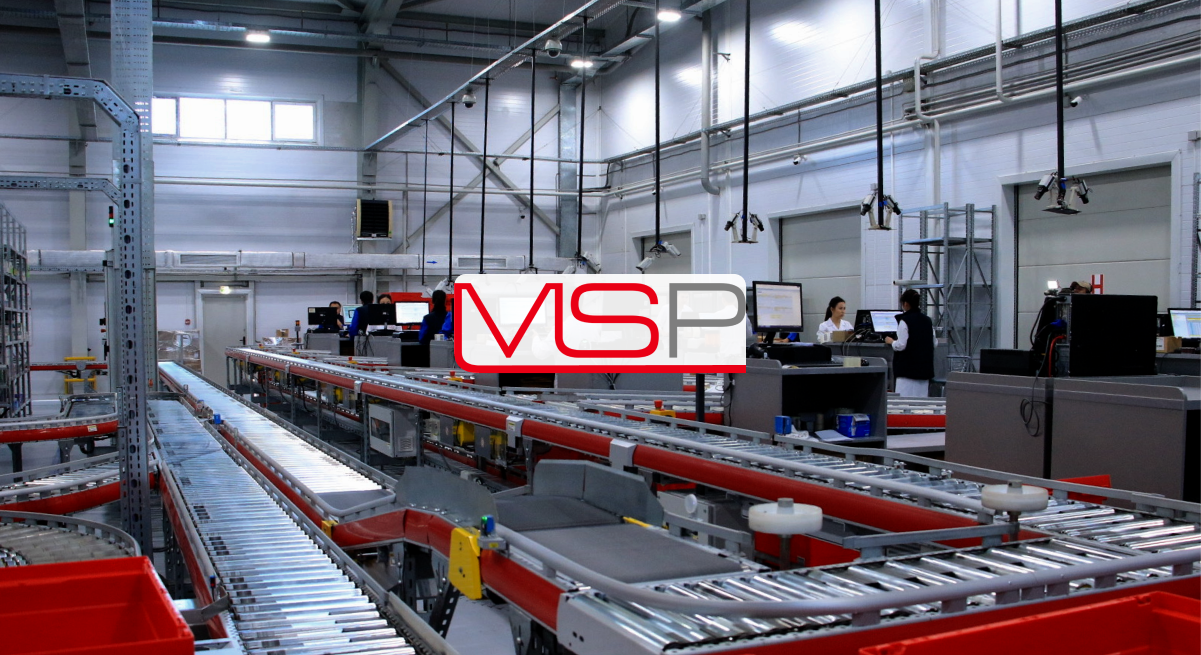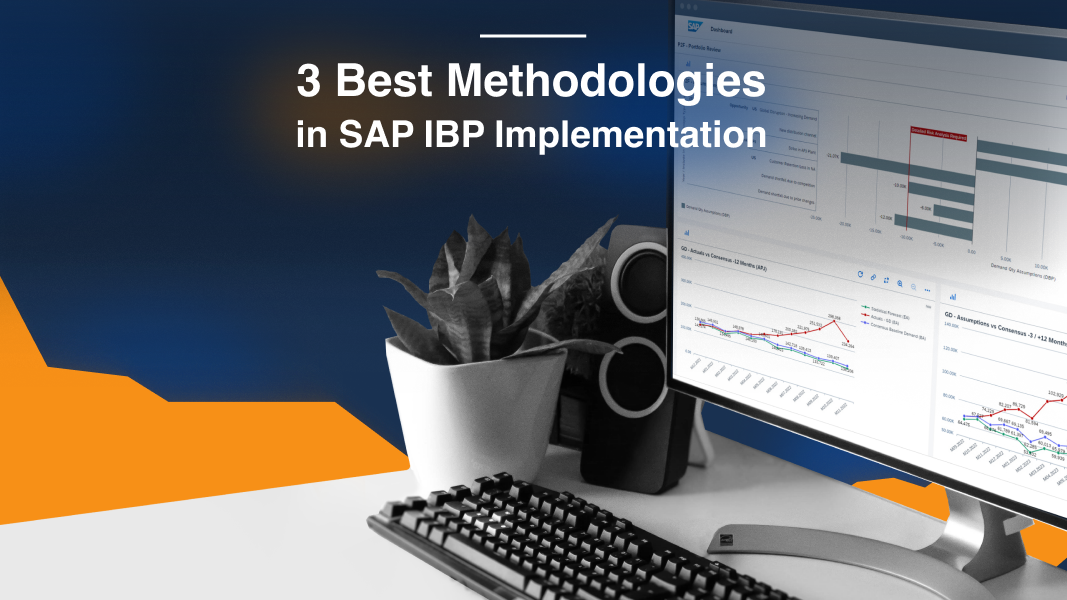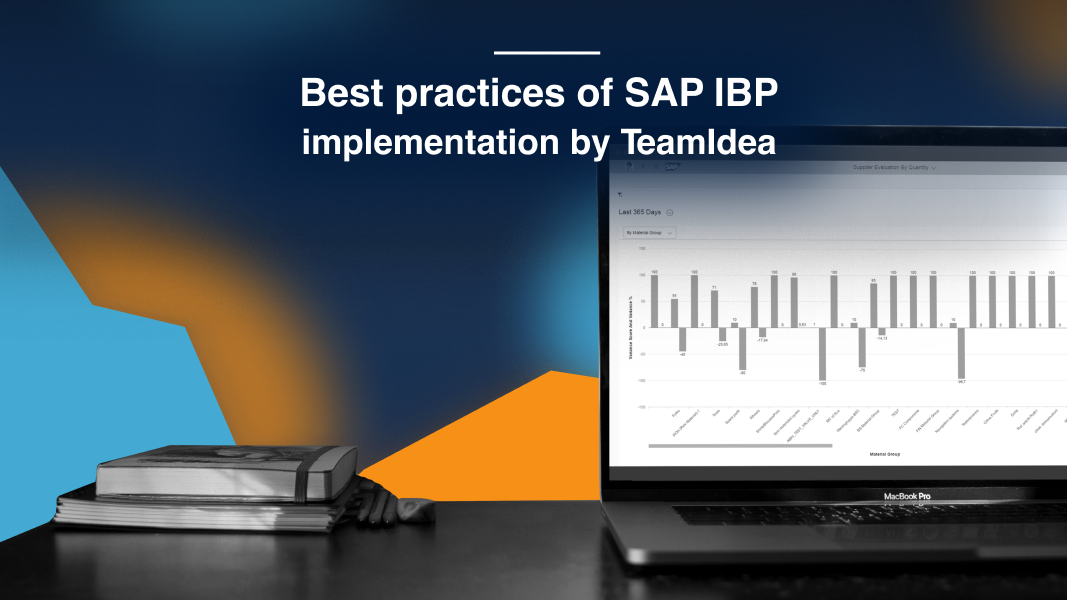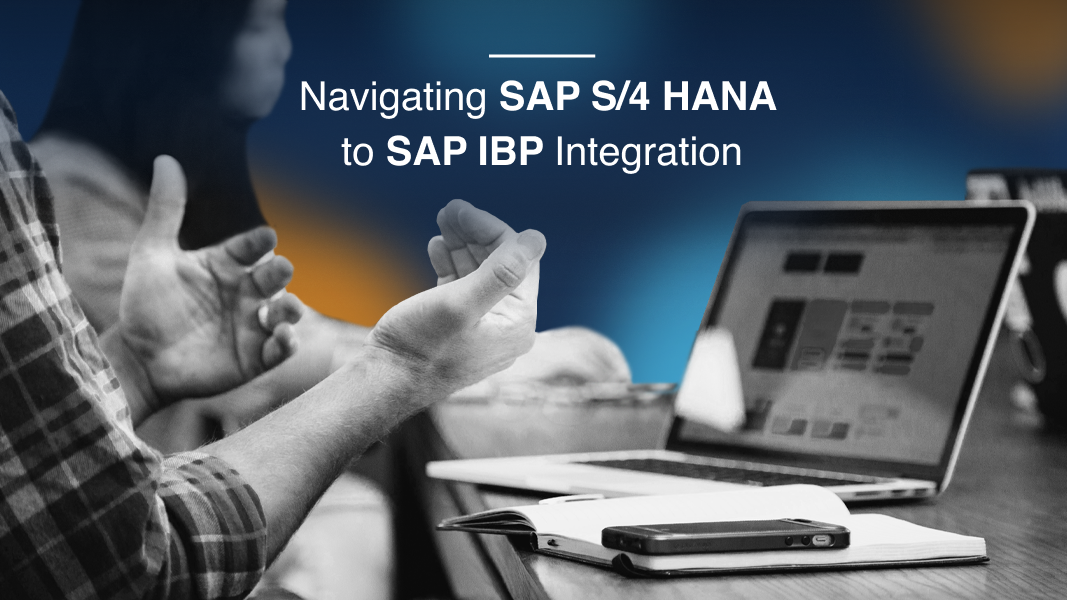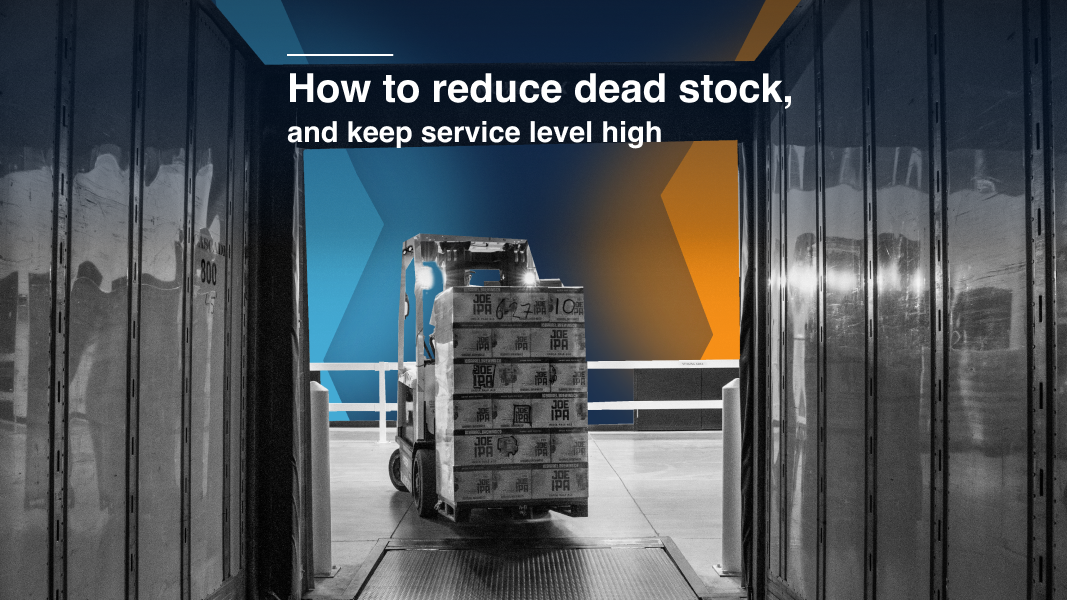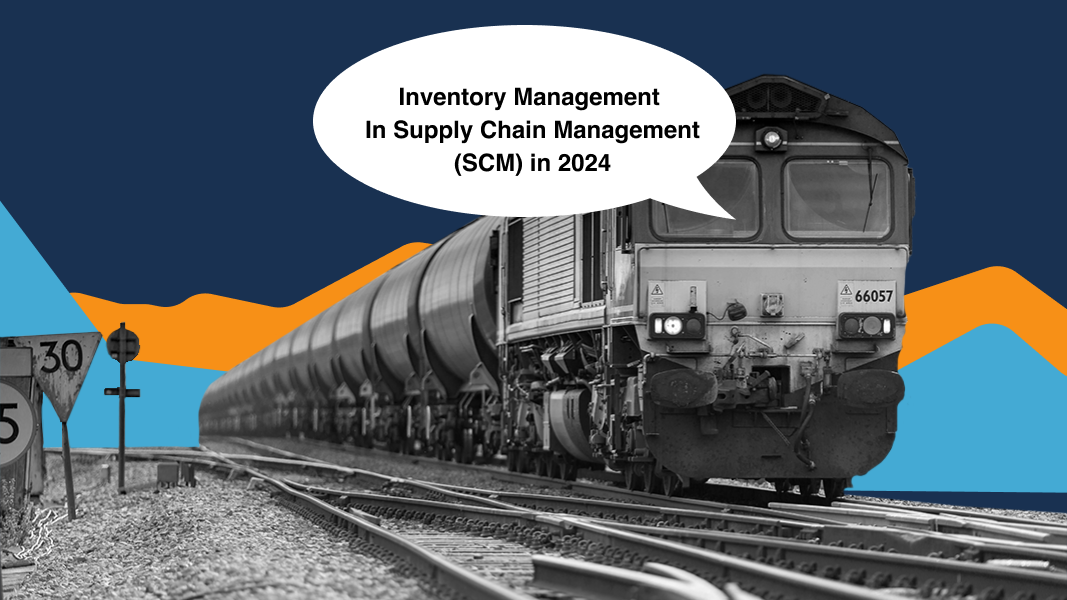9856
10 min
SAP Integrated Business Planning: Everything You Need To Know

Introduction

Global business is continuously evolving, and with it, the complexity of supply chain management (SCM) systems. In this dynamic environment, the need for integrated planning solutions has never been more critical.
What is integrated planning? It is a cross-functional process that ensures all stakeholders are involved at the right time to align priorities across an organization.
This article delves into the intricacies of SAP IBP, providing everything you need to know to understand and leverage this powerful planning tool.
Brief Overview of Supply Chain Management (SCM) Systems
SCM systems are the operational frameworks that enable businesses to coordinate and streamline their supply chain activities. These systems encompass the planning and management of all activities involved in sourcing, procurement, conversion, and logistics management. Furthermore, they include coordination and collaboration with channel partners, which can be suppliers, intermediaries, third-party service providers, and customers.Introduction to SAP IBP
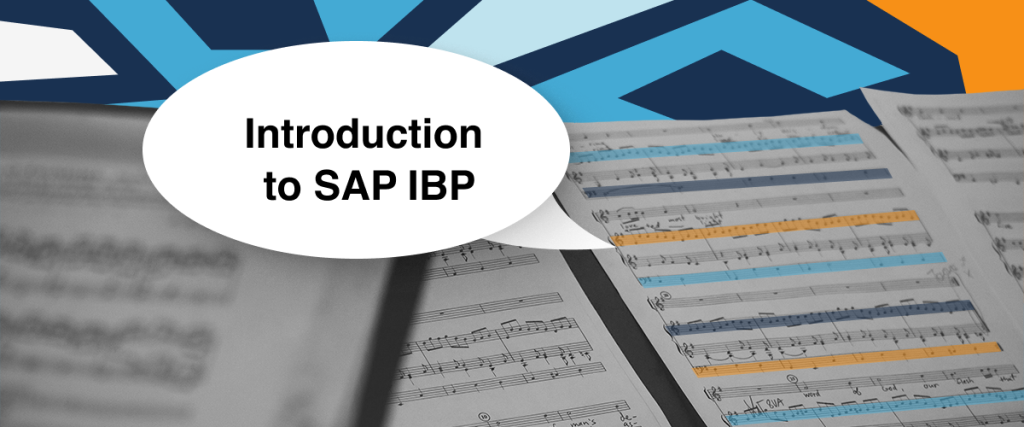
First of all we have to answer 2 questions: what is IBP and what does it stand for. IBP stands for Integrated Business Planning. The definition says that it is a process that encompasses the principles of business forecasting, integrating them across different divisions within an organization. IBP is designed to promote visibility, enhance collaboration, and drive alignment between all segments of a business, from sales and marketing to supply chain and finance.
The essence of IBP lies in its ability to provide a comprehensive view of an organization's plans and strategies, ensuring that every department's goals are aligned with the overall objectives of the company. This strategic alignment is crucial for making informed decisions that can positively impact the company's performance and competitiveness in the market.
By implementing IBP, companies can achieve a balance between demand and supply, optimize inventory levels, improve customer service, and ultimately, increase profitability. It is a holistic approach that not only looks at the operational aspects but also takes into account the financial and strategic dimensions of running a business.
Integrated Business Planning (IBP) emerges as a beacon of innovation, offering unparalleled support for supply chain operations. The IBP process begins with a review of business goals and resources. IBP integration ensures seamless collaboration across various departments to achieve strategic alignment and operational efficiency.
SAP IBP is a cloud-based solution that combines capabilities of sales and operations, demand, response and supply planning, and inventory optimization. It is designed to facilitate supply chain management, providing a seamless and cohesive view across the enterprise.
Importance of Effective Supply Chain Planning in Modern Business Environments
Supply chain planning enables businesses to respond swiftly to market changes, manage resources efficiently, and meet customer demands promptly. An effective SCM system like SAP IBP can lead to improved forecast accuracy, better inventory management, and ultimately, increased customer satisfaction and business growth.What is SAP IBP?

From the definition of integrated business planning we know that it helps to enhance decision-making, foster collaboration, and drive financial performance. What is an IBP solution for these purposes? SAP IBP is one of the most powerful tools to deal with this kind of business needs.
Definition of SAP IBP
SAP Integrated Business Planning (IBP) is an advanced solution that helps to establish a cohesive planning process. It supports real-time supply chain management, providing visibility and control across the enterprise.It facilitates the alignment of supply chain operations with business objectives. It combines capabilities for sales and operations, demand, response and supply planning, and inventory optimization into a single platform.
Evolution of SAP IBP from SAP APO (Advanced Planning and Optimization)
SAP IBP has evolved from SAP's earlier offering, SAP APO. While SAP APO was a robust planning tool, SAP IBP introduced enhanced features such as improved user experience, scalability, and the ability to perform advanced analytics on large volumes of data.Key Features and Functionalities of SAP IBP
The key features of SAP IBP include:- Scenario Planning: Allows businesses to simulate different market conditions and outcomes.
- Demand Sensing: Uses advanced algorithms to predict short-term market demand.
- Inventory Optimization: Balances inventory levels with service levels to reduce costs.
- Supply Chain Monitoring: Provides real-time visibility into supply chain performance.
- What-If Simulations: Enables companies to assess the impact of potential decisions before they are made.
How SAP IBP Differs from Traditional SCM Systems?
IBP in SAP differs from traditional SCM systems in its use of the in-memory SAP HANA platform, which allows for the processing of large data sets at unprecedented speeds. Additionally, its cloud-based nature ensures accessibility and collaboration across different geographical locations, making it a scalable solution for businesses of all sizes.Components of SAP IBP
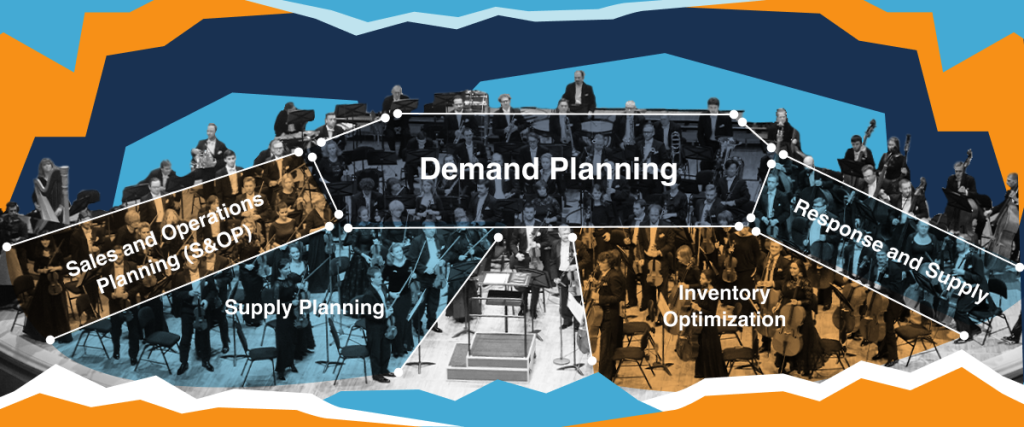
SAP IBP modules are designed to be intuitive and user-friendly, with a focus on leveraging the power of HANA's in-memory computing for fast processing and real-time analytics. Together, these modules form an integrated business planning framework that supports a proactive, predictive, and prescriptive approach to supply chain management, enabling businesses to stay agile and competitive in a dynamic market environment.
There are five main components of SAP IBP:
- Demand Planning.
- Supply Planning.
- Inventory Optimization.
- Sales and Operations Planning (S&OP).
- Response and Supply.
Demand Planning
SAP IBP supply chain solution utilizes advanced statistical algorithms and machine learning to forecast market demand. It allows businesses to predict customer demand with greater accuracy, incorporating both historical sales data and predictive analytics to create a more reliable forecast.Supply Planning
Supply Planning ensures that the necessary resources are available to meet the anticipated demand. With SAP IBP, the planning process becomes easier and faster. It helps in aligning production plans with the forecasted demand, taking into account various constraints like production capacity, lead time, and supplier reliability.Inventory Optimization
Inventory Optimization in SAP IBP aims to maintain the optimal stock levels. By balancing the costs associated with inventory, such as holding costs, ordering costs, and stock-out costs, SAP IBP helps businesses minimize excess inventory while avoiding shortages.Sales and Operations Planning (S&OP)
S&OP in SAP IBP bridges the gap between strategic planning and operational execution. It enables cross-departmental collaboration and consensus building, ensuring that the sales strategy aligns with production capabilities and inventory levels.Response and Supply
The Response and Supply component of SAP IBP allows businesses to react swiftly to changes in demand or supply. It provides the ability to adjust plans, ensuring that the supply chain remains resilient and responsive to unforeseen events.Benefits of SAP IBP Implementation
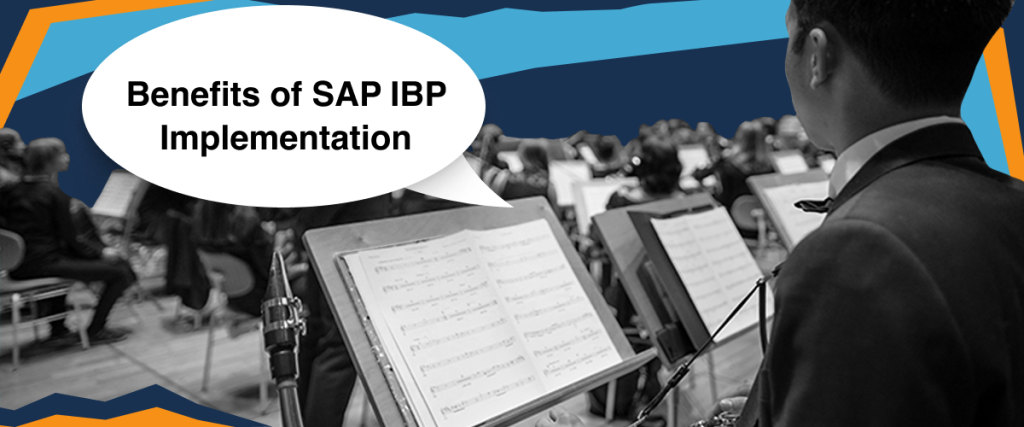
By integrating intelligent technologies, SAP IBP offers unparalleled benefits to businesses. Below are some of the key advantages:
Improved Forecast Accuracy
SAP IBP leverages advanced analytics and machine learning to enhance forecast precision. By analyzing historical data and identifying patterns, it predicts future demand more accurately, reducing the risk of overproduction or stockouts.Enhanced Collaboration
The platform fosters collaboration across different divisions and external partners. With shared visibility and planning tools, teams can work together more effectively, aligning their strategies and actions.Real-time Visibility
Real-time data processing provides immediate insights into supply chain activities. Decision-makers can monitor performance, anticipate issues, and respond proactively to changes in demand or supply conditions.Cost Reduction
By optimizing inventory levels and improving operational efficiencies, SAP IBP helps reduce costs. It minimizes excess inventory, decreases waste, and streamlines processes, leading to significant savings.Increased Customer Satisfaction
With more accurate forecasts and efficient operations, businesses can meet customer demands more reliably. This leads to improved service levels, timely deliveries, and ultimately, higher customer satisfaction.The Roadmap of the Implementation of SAP IBP
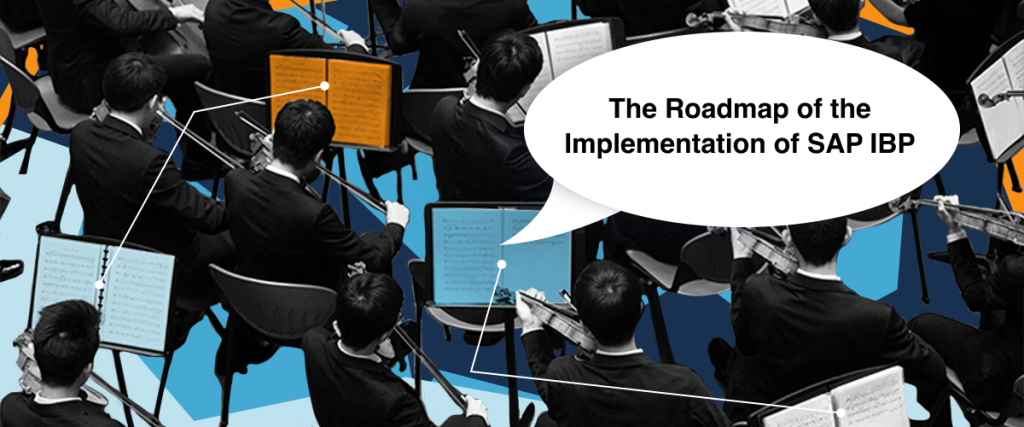
Planning and Preparation
The first phase of implementing SAP IBP involves defining the scope of the project, setting clear objectives, and establishing a robust project management framework. Key activities include stakeholder analysis, resource allocation, and setting up a governance model to ensure smooth execution.Configuration and Customization
Once the groundwork is laid, the next step is to configure and customize the SAP IBP solution to fit the unique needs of the business. This includes setting up the planning areas, key figures, and planning operators. Customization may involve developing specific functionalities that are not available out-of-the-box to meet unique business requirements.Data Migration
Data migration involves transferring existing data into the new SAP IBP system. Ensuring data quality, consistency, and integrity during this phase is paramount. A well-planned data migration strategy will minimize disruptions and ensure that the system reflects an accurate picture of the business.Training and Change Management
The success of SAP IBP implementation heavily relies on the people using it. Comprehensive training programs are essential to equip the workforce with the necessary skills to operate the new system effectively. Alongside training, change management practices help in managing the transition and ensuring that the new processes are adopted smoothly across the organization.Case Studies

Let's take a look at integrated business planning using TeamIdea's clients as an example. We’ve chosen clients from different spheres to compare their results.
Results of TeamIdea Clients after SAP IBP Implementation
Ferroni Group, Manufacturing: Implementation of SAP IBP for S&OP, Demand, R&S, Inventory.- Objective: To decrease inventory turnover while maintaining a high service level.
- Organic volume: 3 factories, separate trading company unit, 20 branches, 5000+ active SKUs, 5 sales channels, 1000+ clients.
- Features: Alternative ways of procurement: own production/ external China suppliers. The production cycle is 14 days. The strong influence of the seasonality factor on the assortment matrix.
- Result: Implementation of SAP Best Practice in planning. Integration with SAP S/4 HANA. Inventory turnover rate: +22% Forecast accuracy: + 30%.
MIRATORG, FMCG: SAP IBP for Demand, R&S implementation, integration with SAP S/4 HANA
- Objective: To give scenario modelling tools to the planners. To set up a consensus demand forecast with input from all key Departments.
- Organic volume: 1200 clients, 10 DC, 10 store formats, 12 channels, 5000+ active SKU, 3 plants.
- Features: make-to-order for fresh and make-to-stock for frozen goods, very short order-to-delivery cycle (2-4 days), more than 2000 variants of cutting livestock (poultry, pork, beef)
- Result: Sales plan preparation time reduction from 6 months to 2. The number of employees involved decrease from 150 to 30, resulting in an 80% reduction in planning effort. Forecast errors reduction by 20%. Increased revenue and marginal profit of the company by 2%.
MAN, Food Retail: Implementation of the forecasting and replenishment system
- Objectives: Centralization and automation of the integrated business planning process. Improving the manageability of the process of maintaining stocks in the network. Optimization of inventory. One-time reduction of inventory levels and subsequent maintenance at optimal levels, with low OOS.
- Organic volume: 57 stores, 2 CC, 4 formats, 10000+ SKU
- Features: Planners at every store, perishable goods
- Results: Reducing the shortage to 2%. Reduction of the frozen stocks by 5%. More than 80% of orders are generated automatically without expert corrections.
URALKHIM, Manufacturing: Pilot project of the demand and production planning system
- Objective: implementation of the Demand Planning, R&S, SnOP modules for organization of the strategic, medium-term and short-term planning, ability of daily monitoring of the implementation of the plan.
- Organic volume: 10 suppliers, 4 factories (from 1 to 4 workshops), 50 SKU with receipts (from 1 to 3), 50 clients.
- Features: demand forecasting to reduce the utilization of production capacities.
- Result: Sales forecasting by sales channel using extrapolation models. Demand planning. Implemented "What if?" modelling functionality based on versions and scenarios
These case studies demonstrate the transformative impact of SAP IBP on businesses across various industries. By leveraging advanced analytics, companies can achieve a competitive edge through improved efficiency and customer satisfaction.
Benefits and Outcomes Achieved Through SAP IBP Implementation
- Enhanced Forecast Accuracy. Companies have reported improvements in forecast accuracy, which leads to better demand planning and reduced stock-outs.
- Inventory Optimization. SAP IBP helps in optimizing inventory levels, which frees up capital and reduces carrying costs.
- Improved Customer Satisfaction. With better planning and execution, companies can improve on-time delivery and customer service levels.
- Agility in Supply Chain. SAP IBP enables companies to respond quickly to market changes and disruptions, thereby increasing supply chain resilience.
- Integrated Planning. By connecting different business functions, SAP IBP provides a cohesive view of the business, enabling better decision-making.
Future Trends and Developments

As we look towards the future, SAP IBP is poised to evolve significantly, driven by advancements in technology and changing business needs. We can expect to see a greater emphasis on predictive analytics, which will further enhance forecasting accuracy and supply chain responsiveness. The development of SAP IBP will be significantly influenced by Machine Learning (ML), the Internet of Things (IoT) and Artificial Intelligence (AI).
Sustainability will also become a key focus, with features that help businesses measure and reduce their environmental impact as part of their supply chain operations.
Emerging Technologies in Supply Chain Planning
The landscape of supply chain planning is rapidly evolving with the advent of new technologies. AI and ML are at the forefront, offering enhanced decision-making capabilities. IoT is also revolutionizing supply chain planning by providing tracking and sensor data, leading to more responsive and agile operations.Potential Advancements and Enhancements in SAP IBP
SAP IBP is poised to integrate these emerging technologies to offer more sophisticated solutions. We can expect advancements such as:- AI-powered forecasting: Leveraging AI to improve demand planning accuracy.
- Advanced analytics: Utilizing ML algorithms for better insights into supply chain dynamics.
- Enhanced user experience: Introducing more intuitive interfaces and user-friendly dashboards.
Anticipated Challenges and Opportunities
With innovation comes challenges. SAP IBP users may face:- Data management: Ensuring data quality and integration from various sources.
- Skill gap: Bridging the gap between current skill sets and the new technologies being integrated into SAP IBP.
- Cybersecurity: Protecting sensitive supply chain data against increasing cyber threats.
However, these challenges also present opportunities:
- Collaboration: Encouraging cross-functional collaboration within organizations.
- Customization: Offering tailored solutions to meet specific industry needs.
- Sustainability: Promoting sustainable practices through optimized supply chain operations.
Conclusion
- SAP IBP is a cloud-based integrated solution that is designed to facilitate supply chain management, providing a seamless and cohesive view across the enterprise.
- There are 5 main components of SAP IBP: Demand Planning, Supply Planning, Inventory Optimization, Sales and Operations Planning (S&OP), Response and Supply.
- While SAP APO was a robust planning tool, SAP IBP introduced enhanced features such as improved user experience, scalability, and the ability to perform advanced analytics on large volumes of data.
- The Implementation of SAP IBP includes Planning and Preparation, Configuration and Customization, Data Migration, Training and Change Management.
- The development of SAP IBP will be significantly influenced by Machine Learning (ML), the Internet of Things (IoT) and Artificial Intelligence (AI).
Recap of the Significance of SAP IBP in Modern Supply Chain Management
SAP IBP combines sales and operations, demand, response and supply planning, and inventory optimization. It enables companies to align their business strategies with supply chain execution, ensuring data synchronization and decision-making capabilities. The significance of SAP IBP lies in its ability to provide end-to-end visibility across the supply chain, facilitating better forecasting accuracy, scenario planning, and overall operational efficiency.Encouragement for Businesses to Consider Adopting SAP IBP to Stay Competitive in a Dynamic Marketplace
In today's competitive marketplace, staying ahead means being able to anticipate changes and pivot quickly. SAP IBP offers businesses the agility to respond to market volatility with speed and confidence. By adopting SAP IBP, companies can benefit from its advanced analytics, what-if simulations, and demand-driven replenishment strategies. This not only helps in optimizing inventory levels, but also in improving customer satisfaction through reliable delivery performance.Final Thoughts on the Future Trajectory of SAP IBP and Its Role in Shaping the Future of Supply Chain Planning
The future trajectory of SAP IBP is geared towards even greater integration and intelligence. With the advent of AI and machine learning, SAP IBP is set to become more predictive and prescriptive in its planning capabilities. This evolution will further empower businesses to proactively manage their supply chains, reduce costs, and innovate in their service offerings. SAP IBP is not just a tool for today; it's an investment in a more resilient and prosperous future for supply chain planning.Key takeaways
-
What is SAP IBP?
SAP Integrated Business Planning (IBP) is a cloud-based solution that combines sales and operations planning, demand planning, inventory optimization, and supply chain analytics to enhance and streamline end-to-end supply chain planning. -
How does SAP IBP improve demand planning?
SAP IBP uses advanced algorithms, machine learning, and real-time data analytics to improve demand forecasting accuracy, helping businesses anticipate market needs and adjust supply chain operations accordingly. -
What are the key modules in SAP IBP?
Key modules include Sales and Operations Planning (S&OP), Demand Planning, Response and Supply Planning, Inventory Optimization, and Control Tower for end-to-end visibility and analytics. -
Can SAP IBP integrate with other SAP solutions?
Yes, SAP IBP integrates seamlessly with other SAP solutions like SAP S/4HANA, SAP Ariba, and SAP EWM, as well as third-party systems, ensuring cohesive and streamlined supply chain operations. -
Who benefits from using SAP IBP?
Businesses across industries with complex supply chains, including manufacturing, retail, and consumer goods, benefit from SAP IBP by achieving better demand forecasting, inventory management, and overall supply chain efficiency.









